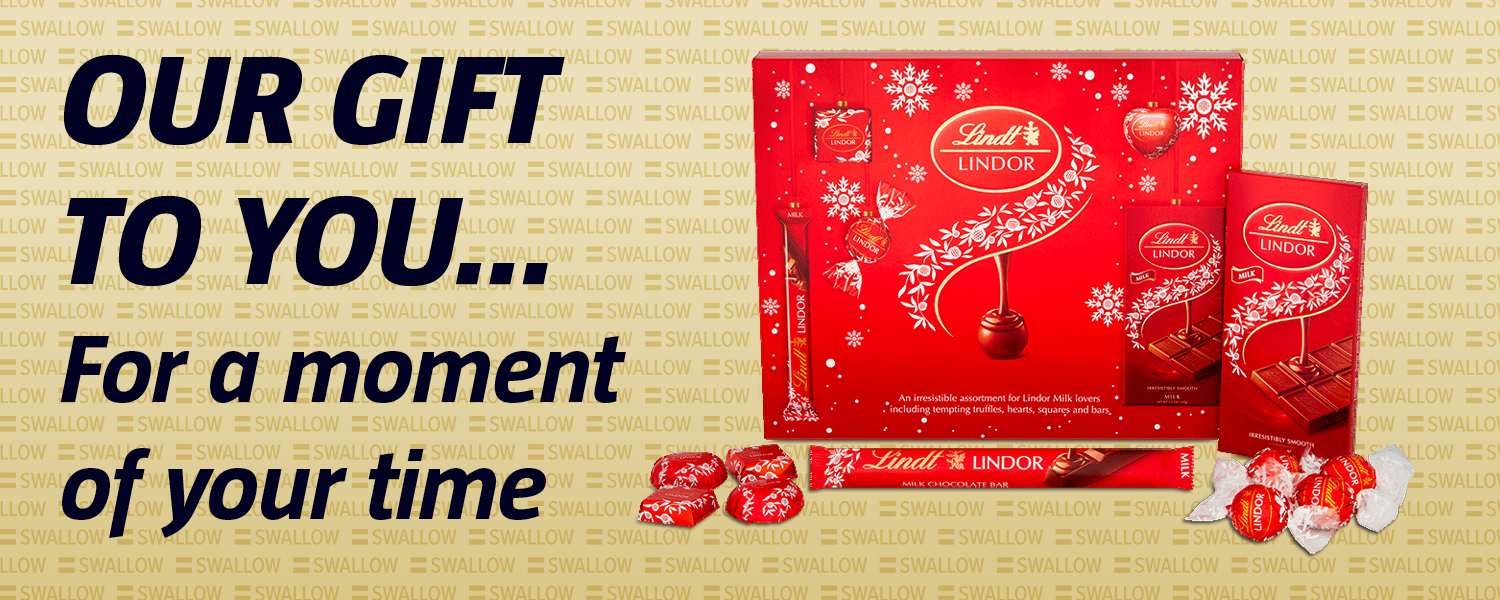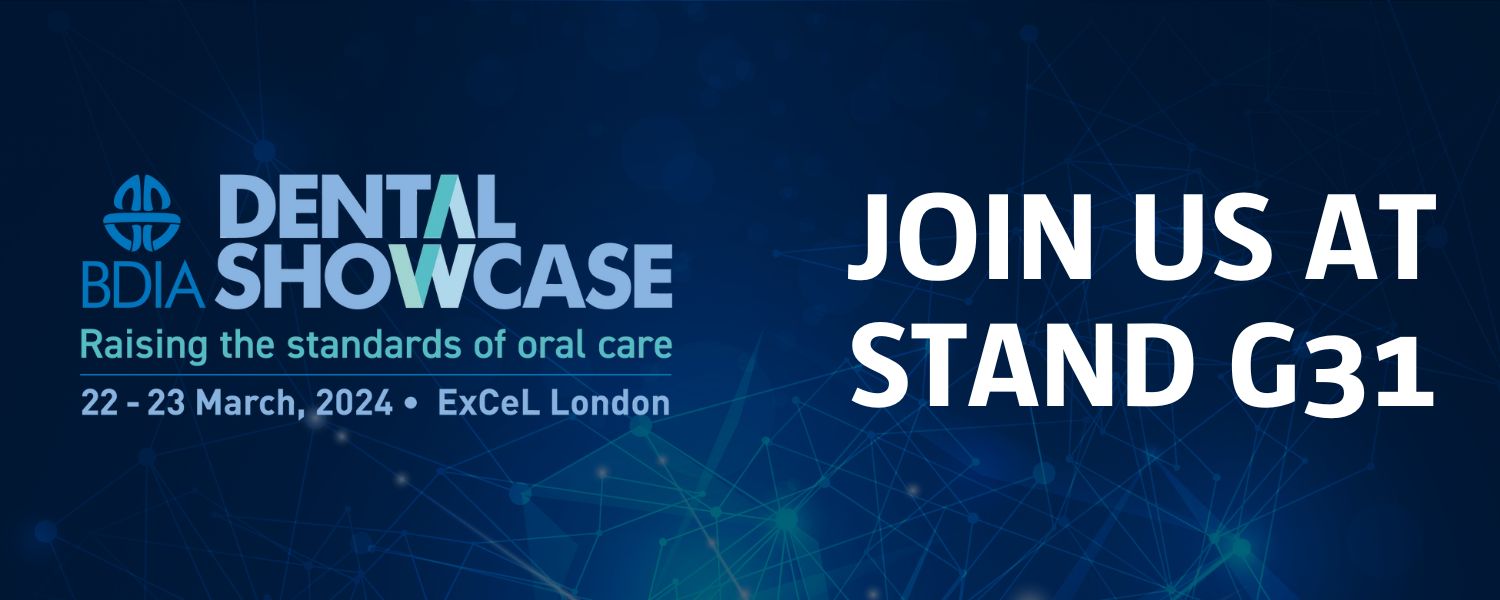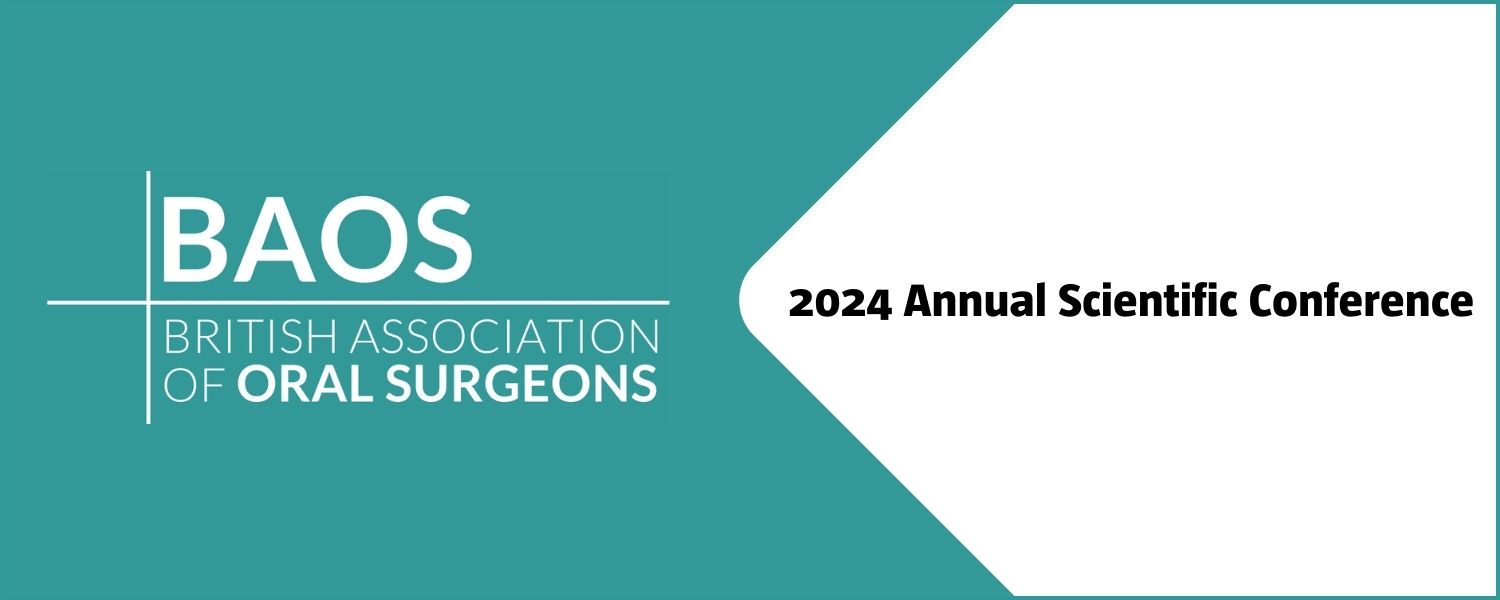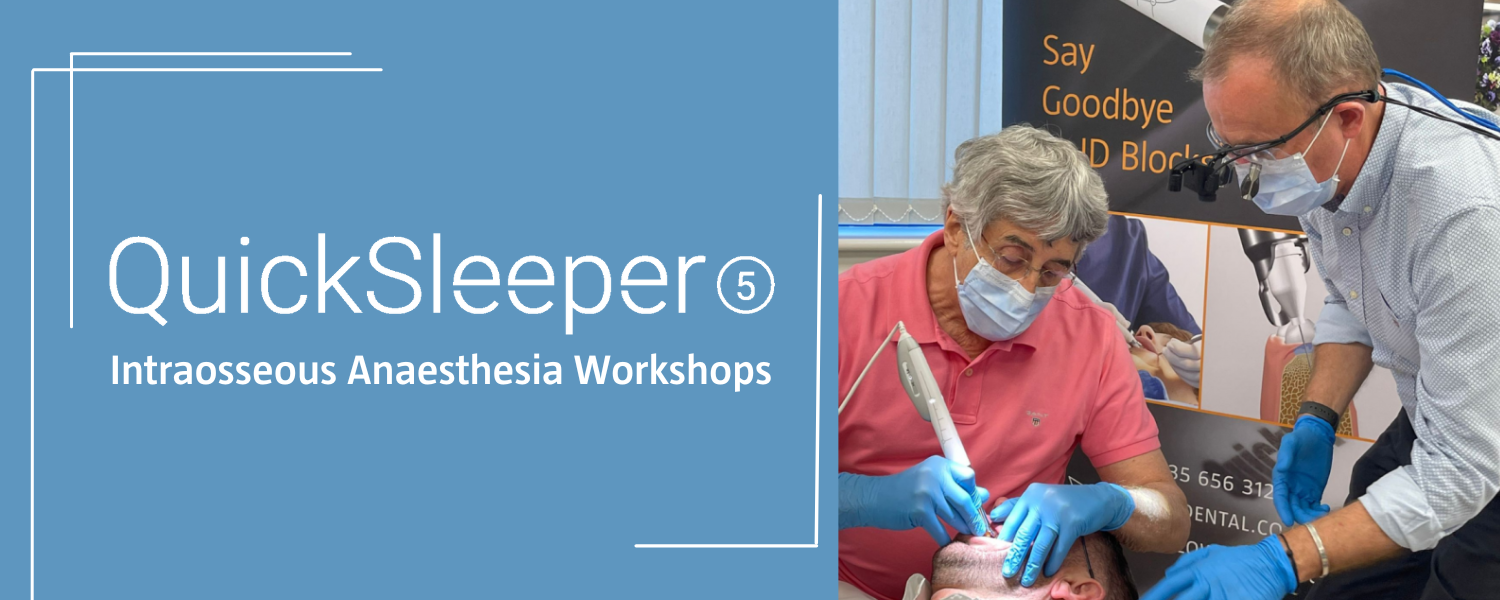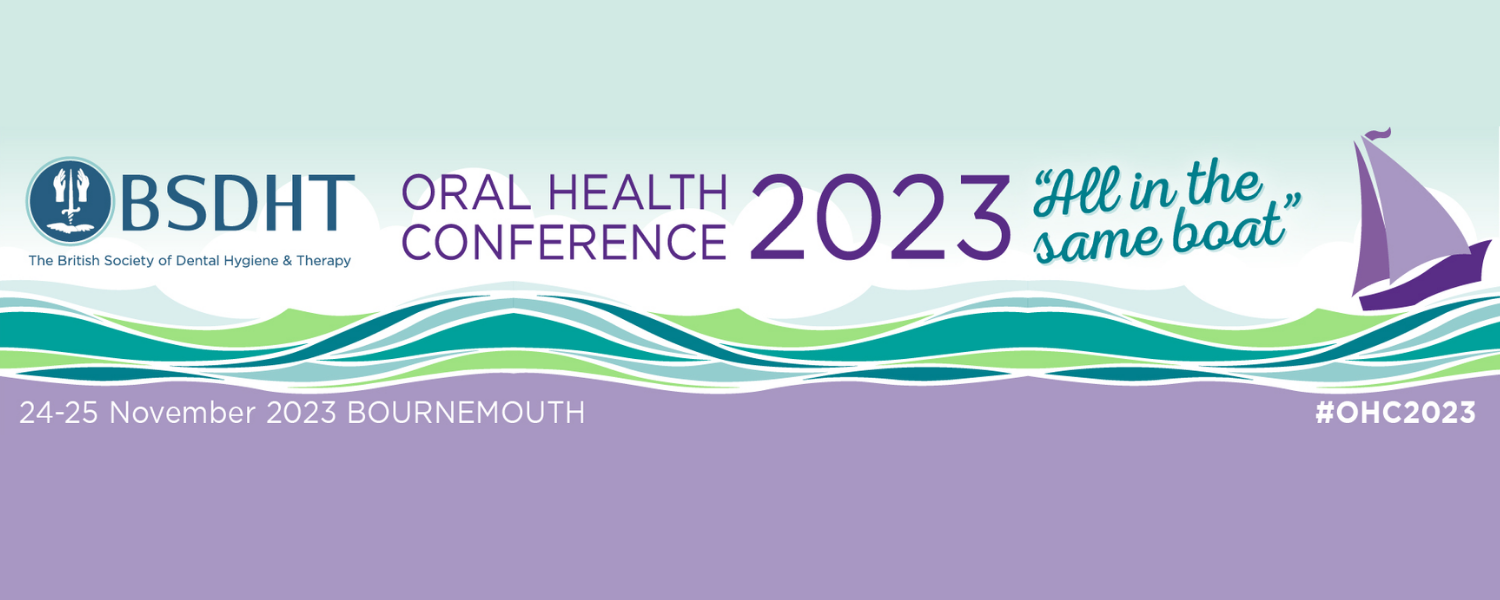EthOss - My Choice of Bone Graft Material
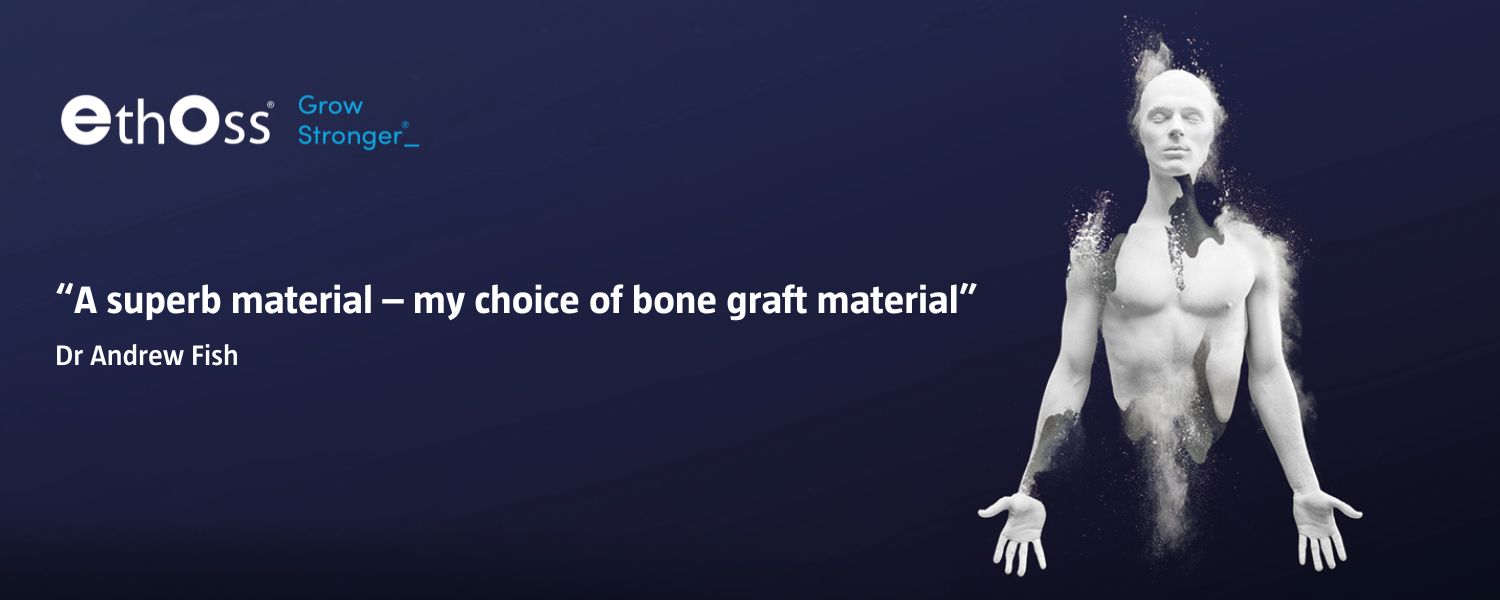
With over a decade of experience in the field, Dr Andrew Fish has established himself as a leading authority in oral surgery, dental implants, and full-mouth rehabilitation. Throughout his career, he has relied on EthOss as his go-to bone graft material, citing its exceptional performance and unique qualities.
Discover why EthOss has earned Dr Fish's trust and admiration, and how it continues to redefine standards in bone regeneration within the dental industry.
Tell us about your journey into dentistry
I graduated from Glasgow University in 2006 and spent the next two years in a speciality training programme at the Edinburgh Dental Institute.
Following that, I became a member of the Royal College of Surgeons in 2008. Over the subsequent years, I worked within the speciality of oral and maxillofacial surgery across various health trusts within the UK. About eight years ago, I made the move to Jersey in the Channel Islands to establish my private practice.
My practice is limited to oral surgery, the provision of dental implants and full mouth rehabilitation. I’ve been using EthOss for 10 years now.
Could you share your experience using EthOss? How successful have you found it to be?
Overall, I’ve found EthOss to be generally successful. It works extremely well for about 90% of graft cases.
It’s a superb material for sinus lifts – safe, resorbable and integrates well eventually completely turning over in to host bone.
This safety factor is especially significant in sinus cases, as it minimises the risk of sinusitis compared to other materials.
What are your long-term Observations when it comes to using EthOss? How does it fare over the years?
I have reviews going back 10 years. In these cases, I can see host bone rather than material due to its fully resorption quality. Other types of material still give the appearance of bone but, due to the resorption rate [of EthOss], the material is no longer present and has turned into host bone after 18 months.
In most cases, I have follow-ups of five years plus, in which I observe nice radiographic appearances of the graft area. This highlights that the material, by this stage, has been fully resorbed and replaced by host bone. This is an extremely positive outcome regarding the longevity of these cases.
It’s worth noting that assessing graft success can be challenging without conducting more invasive procedures like biopsies but if clinically everything looks stable, healthy, and in good condition – and the two-dimensional radiograph is good – then, in my opinion, this is more than enough evidence that the graft has worked effectively.
How do you achieve optimal results when using EthOss?
The most crucial step is ensuring thorough degranulation at the site. The site should be clean, with no soft tissue tags, granulation tissue or signs of infection.
Additionally, if you’re using a flap approach, it’s important to ensure a tension-free closure. This can be achieved through good periosteal release.
It’s crucial to note that the periosteal release should be done using the blade technique, not the brushing technique, as the material requires an intact periosteum for success.
Layering the graft over time can also be an effective technique. This involves gradually adding EthOss to a site and building back the host bone volume over time. This would apply more for vertical augmentation especially in the posterior mandible.
This makes EthOss unlike other bone regeneration materials that cannot be re-entered for at least 9 months. Although multiple surgeries are required, layering can take place in the same time frame and is a viable way of regenerating bone when there is a large (or vertical) deficiency.
What advice would you offer to someone considering switching to EthOss?
It’s important to become familiar with the specific techniques and applications of EthOss. This material can be quite technique-sensitive, so understanding how to mix and use it properly is crucial!
Keep in mind that EthOss may not be the best choice for every site or case, particularly for vertical builds in the posterior mandible. In about 90% of implant cases requiring some degree of grafting, EthOss can be a great option.
Additionally, consider the benefits for soft tissue maturation and profile improvement, even in cases where hard tissue grafting may not be required.
Discover EthOss
Whether you're a seasoned practitioner or a newcomer to bone grafting, EthOss provides the confidence and efficacy needed to achieve optimal results. Embrace innovation and elevate your practice with EthOss – the ultimate solution for superior bone regeneration.

With over a decade of experience in the field, Dr Andrew Fish has established himself as a leading authority in oral surgery, dental implants, and full-mouth rehabilitation. Throughout his career, he has relied on EthOss as his go-to bone graft material, citing its exceptional performance and unique qualities.
Discover why EthOss has earned Dr Fish's trust and admiration, and how it continues to redefine standards in bone regeneration within the dental industry.
Tell us about your journey into dentistry
I graduated from Glasgow University in 2006 and spent the next two years in a speciality training programme at the Edinburgh Dental Institute.
Following that, I became a member of the Royal College of Surgeons in 2008. Over the subsequent years, I worked within the speciality of oral and maxillofacial surgery across various health trusts within the UK. About eight years ago, I made the move to Jersey in the Channel Islands to establish my private practice.
My practice is limited to oral surgery, the provision of dental implants and full mouth rehabilitation. I’ve been using EthOss for 10 years now.
Could you share your experience using EthOss? How successful have you found it to be?
Overall, I’ve found EthOss to be generally successful. It works extremely well for about 90% of graft cases.
It’s a superb material for sinus lifts – safe, resorbable and integrates well eventually completely turning over in to host bone.
This safety factor is especially significant in sinus cases, as it minimises the risk of sinusitis compared to other materials.
What are your long-term Observations when it comes to using EthOss? How does it fare over the years?
I have reviews going back 10 years. In these cases, I can see host bone rather than material due to its fully resorption quality. Other types of material still give the appearance of bone but, due to the resorption rate [of EthOss], the material is no longer present and has turned into host bone after 18 months.
In most cases, I have follow-ups of five years plus, in which I observe nice radiographic appearances of the graft area. This highlights that the material, by this stage, has been fully resorbed and replaced by host bone. This is an extremely positive outcome regarding the longevity of these cases.
It’s worth noting that assessing graft success can be challenging without conducting more invasive procedures like biopsies but if clinically everything looks stable, healthy, and in good condition – and the two-dimensional radiograph is good – then, in my opinion, this is more than enough evidence that the graft has worked effectively.
How do you achieve optimal results when using EthOss?
The most crucial step is ensuring thorough degranulation at the site. The site should be clean, with no soft tissue tags, granulation tissue or signs of infection.
Additionally, if you’re using a flap approach, it’s important to ensure a tension-free closure. This can be achieved through good periosteal release.
It’s crucial to note that the periosteal release should be done using the blade technique, not the brushing technique, as the material requires an intact periosteum for success.
Layering the graft over time can also be an effective technique. This involves gradually adding EthOss to a site and building back the host bone volume over time. This would apply more for vertical augmentation especially in the posterior mandible.
This makes EthOss unlike other bone regeneration materials that cannot be re-entered for at least 9 months. Although multiple surgeries are required, layering can take place in the same time frame and is a viable way of regenerating bone when there is a large (or vertical) deficiency.
What advice would you offer to someone considering switching to EthOss?
It’s important to become familiar with the specific techniques and applications of EthOss. This material can be quite technique-sensitive, so understanding how to mix and use it properly is crucial!
Keep in mind that EthOss may not be the best choice for every site or case, particularly for vertical builds in the posterior mandible. In about 90% of implant cases requiring some degree of grafting, EthOss can be a great option.
Additionally, consider the benefits for soft tissue maturation and profile improvement, even in cases where hard tissue grafting may not be required.
Discover EthOss
Whether you're a seasoned practitioner or a newcomer to bone grafting, EthOss provides the confidence and efficacy needed to achieve optimal results. Embrace innovation and elevate your practice with EthOss – the ultimate solution for superior bone regeneration.


